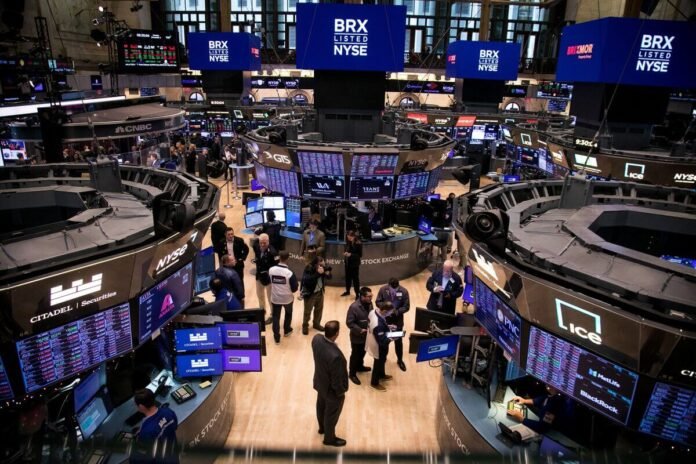This Content Is Only For Paid Member
Despite the challenges and uncertainties faced by Wall Street, investors who adhered to a simple buy-and-hold strategy are enjoying a substantial $7 trillion rally in the stock market. In contrast to 22 technical strategies used to navigate market ups and downs, staying invested has outperformed, with the S&P 500 steadily climbing from its 2023 low on January 5 to reach its highest point recently.
Amid Federal Reserve uncertainty, economic anxiety, and geopolitical tensions, stocks have exhibited remarkable stability. This year has the potential to witness the smallest move in the S&P 500 since 2017, highlighting the market’s uncanny calmness.
While various charting tools failed to deliver impressive results, investors who resisted selling signals, whether based on technical or fundamental factors, have benefited from a $7 trillion stock rally. Despite the Fed’s aggressive tightening cycle, profit contractions, and regional bank collapses, those who remained in the market have reaped significant rewards.

Dylan Kremer, Chief Investment Officer at Certuity, emphasized the challenges of the past year, stating, “There was a lot of noise and a lot of reasons to be nervous this past year. But if you’re a long-term investor, sometimes the hardest thing to do is sit on your hands.”
The S&P 500 recorded a 0.2% increase over five days, marking its sixth consecutive weekly gain, the longest streak since 2019. As the index approached 4,600, the pace of gains slowed, ending the week slightly above that threshold.
Despite initial fears of a recession, the S&P 500 has surged by 20%, surpassing the average year-end target predicted by Wall Street prognosticators in January by more than 500 points.
Jamie Cox, Managing Partner at Harris Financial Group, highlighted the consequences of mistimed market exits, recounting a client’s decision to sell in November amid bond yield spikes. The client, having missed out on subsequent gains, faced a 15% loss.
While caution is reemerging, evidenced by hedge funds selling global stocks and some financial experts advising protection against potential losses, staying invested remains a proven strategy. The bearish case emphasizes stretched valuations, impending corporate America earnings-related buyback blackout, and concerns about the impact of economic downturns on risky assets.
Despite chart indicators signaling potential overextension, market participants who followed these warnings have not fared well. The lesson from 2023 is that avoiding stocks during market momentum can be risky, especially when pullbacks are followed by swift rebounds.
The stock market’s persistent uptrend over the long term, supported by corporate America’s earnings expansion, underscores the reliability of a buy-and-hold strategy. Profits among S&P 500 firms returned to positive growth in the third quarter, and expectations for accelerated growth in the coming year contribute to a favorable backdrop for continued market gains.
As calls grow louder for the benchmark index to reach a fresh record by the end of next year, the importance of resisting the urge to time the market becomes increasingly evident.




